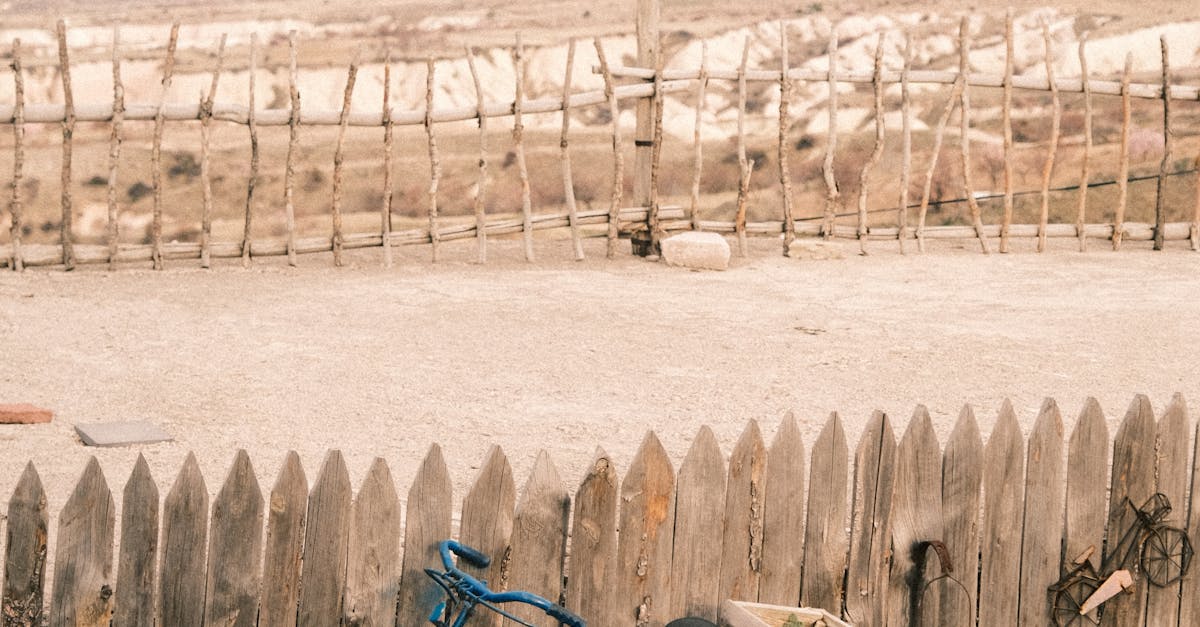Tools Needed for Installing Granite Cobblestone Pavers

Filling the Gaps
Once the granite cobblestone pavers have been laid out in the desired pattern, the next step is to fill the gaps between the stones. This is a crucial part of the installation process as it ensures the stability and longevity of the paved surface. To fill the gaps effectively, you will need jointing sand.
Jointing sand is a special type of sand that is designed to be swept into the gaps between pavers. It helps to lock the stones in place and prevent them from shifting over time. Make sure to carefully sweep the jointing sand into all the gaps, ensuring that it is evenly distributed and fills the spaces completely.
Jointing Sand
Once the granite cobblestone pavers are set in place, the next step is to fill the gaps between them with jointing sand. This sand not only helps to stabilize the pavers but also adds a finishing touch to the overall look of the installation.
To ensure a proper fill, use a broom or brush to carefully sweep the jointing sand into the gaps. Make sure the sand is evenly distributed and fills the spaces completely. Once the gaps are filled, use a compactor or roller to gently but firmly press down on the pavers to further secure the sand in place.
Sealing the Surface
After successfully laying down the granite cobblestone pavers, the next crucial step is to seal the surface. This is a vital process that helps protect the pavers from stains, spills, and weather damage, ensuring they maintain their quality and durability over time.
When it comes to sealing the surface of granite cobblestone pavers, it is essential to choose a high-quality sealer specifically designed for use on natural stone. Before applying the sealer, make sure the surface is clean and dry to ensure optimal adhesion. Using a roller, apply the sealer evenly across the entire surface, making sure to cover all areas. Allow the sealer to dry completely before walking or driving on the pavers to achieve the best results.
Roller
Another essential tool needed for installing granite cobblestone pavers is a roller. A roller is used to compact the pavers firmly into place once they have been laid. This helps ensure that the pavers are securely set and will not shift over time.
When choosing a roller for your project, opt for one that is heavy enough to effectively compact the pavers without causing damage. The weight of the roller will depend on the size and thickness of the pavers being used. By carefully rolling over the surface of the pavers, you can achieve a smooth and level finish that enhances the overall look and durability of the installation.
Finishing Touches
After the pavers have been properly installed, it is important to pay attention to the finishing touches to ensure the surface looks polished and well-maintained. One essential tool for this step is a high-quality broom that is suitable for outdoor use. Using the broom, sweep off any excess jointing sand to reveal the clean lines of the cobblestones. This will also help prevent any sand from staining the surface or interfering with the stability of the pavers.
Additionally, a roller can be used to gently compact the joints further, ensuring that the cobblestones are tightly secured in place. This step is crucial for enhancing the overall durability of the installation and preventing any movement of the pavers over time. By giving the surface a final pass with a roller, you can achieve a professional finish that will elevate the appearance and longevity of your granite cobblestone pavers.
Broom
When it comes to the final step in installing granite cobblestone pavers, using a broom is essential for achieving a clean and polished look. Once the jointing sand has been spread and compacted into the gaps between the pavers, using a broom will help to evenly distribute the sand and fill any remaining spaces.
By gently sweeping the broom over the surface of the granite cobblestone pavers, any excess jointing sand will be removed, leaving a smooth and level finish. This process not only enhances the visual appeal of the paved area but also ensures the longevity and stability of the pavers.
FAQS
What tools are essential for filling the gaps between granite cobblestone pavers?
To fill the gaps between granite cobblestone pavers, you will need a pointing trowel, jointing sand, and a broom.
How do I seal the surface of granite cobblestone pavers?
To seal the surface of granite cobblestone pavers, you will require a suitable sealer and a roller for smooth application.
What tools are recommended for the finishing touches on granite cobblestone pavers?
For the finishing touches on granite cobblestone pavers, a broom is essential to sweep away excess jointing sand and achieve a clean, polished look.
Can I use any type of jointing sand for filling the gaps between granite cobblestone pavers?
It is recommended to use specific jointing sand designed for outdoor use with granite cobblestone pavers to ensure durability and longevity of the installation.
Do I need any special equipment for applying the sealer on granite cobblestone pavers?
While applying the sealer on granite cobblestone pavers, a roller is the ideal tool to ensure even coverage and a professional finish.
Related Links
Steps for Preparing the Base for Granite Cobblestone Paver InstallationFinal Inspections and Cleaning for Granite Cobblestone Paver Installation
Maintaining Proper Drainage for Granite Cobblestone Paver Installation
Applying a Sealer to Granite Cobblestone Pavers
Securing Granite Cobblestone Pavers with Jointing Sand
Best Practices for Compacting the Base for Granite Cobblestone Pavers